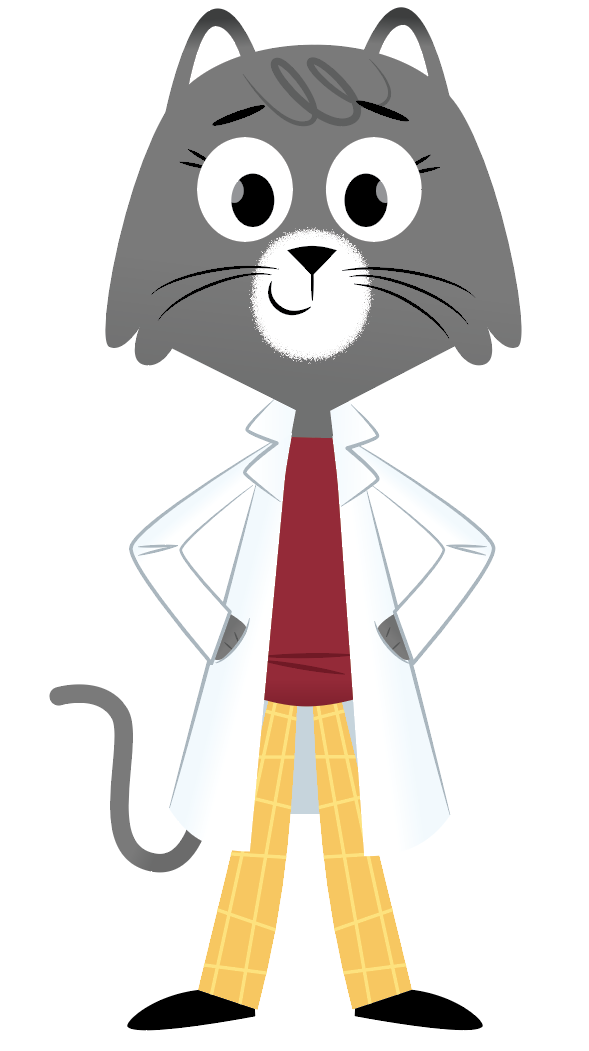Dear Pablo,
We might not always think about it, but every day gravity keeps us pulled to the Earth. It’s what brings us back down when we jump on a trampoline. It’s why a Slinky tumbles down stairs.
Now think about what it would be like to live in a place with very little gravity. Let’s say you were 200 miles off the ground, orbiting earth in the International Space Station. Here, the idea of up and down really gets flipped around.
 On Earth, the human balance system helps the head figure out how move up and down under the force of gravity. It’s what helps people figure out to look up to the ceiling or down to the floor. If you are floating around in space, up and down is different.
On Earth, the human balance system helps the head figure out how move up and down under the force of gravity. It’s what helps people figure out to look up to the ceiling or down to the floor. If you are floating around in space, up and down is different.
I decided to visit my friend Afshin Khan to find out more about it. She is a researcher and astrobiologist at Washington State University.
Khan explained that even things in space have a little gravity, and whichever object is being pulled toward another due to stronger or larger gravity is what we call “down.” The opposite is what we call “up.” We use these words to help us navigate.
But in reality, there really are no true directions, Khan said. There is no up and down in space.
It’s kind of like when we look at a globe, she explains. If you are trying to get to Japan from the U.S., you can see it is both east and west of the U.S. It depends on the direction you want to travel. If you want to cross the Atlantic Ocean, you go east. If you want to fly over the Pacific Ocean, you go west. It’s all relative.
Inside the International Space Station, the ceiling might as well be the floor. The walls might as well be the ceilings. It’s enough to make your head spin.
In fact, researchers at NASA are asking big questions about what happens to the human brain when it can’t figure out which way is up or down. They are curious how it changes the activity of the brain.
Some scientists have even tackled questions about how to help plants “grow up” in these environments with very little gravity. To help plants grow upright, scientists have developed little plant pillows. The pillows are full of dirt, water and plant food to help the plants stay grounded. Otherwise, their roots would grow out in all different directions.
As the concept of direction may be different in space, engineers and scientists have to think about it when they are designing tools to help us navigate the universe. Who knows, maybe one day you’ll come up with a great idea that can help us explore, too.
Sincerely,
Dr. Universe
ABOUT ASK DR. UNIVERSE
- Ask Dr. Universe connects K-8 students with researchers at Washington State University through Q&A. Students can submit science questions on the ASK page.
- Are you a teacher, parent, or curious grown-up? Follow along on Twitter or Facebook.
- Do you want to reprint this Q&A? Just send a message to Dr.Universe@wsu.edu.